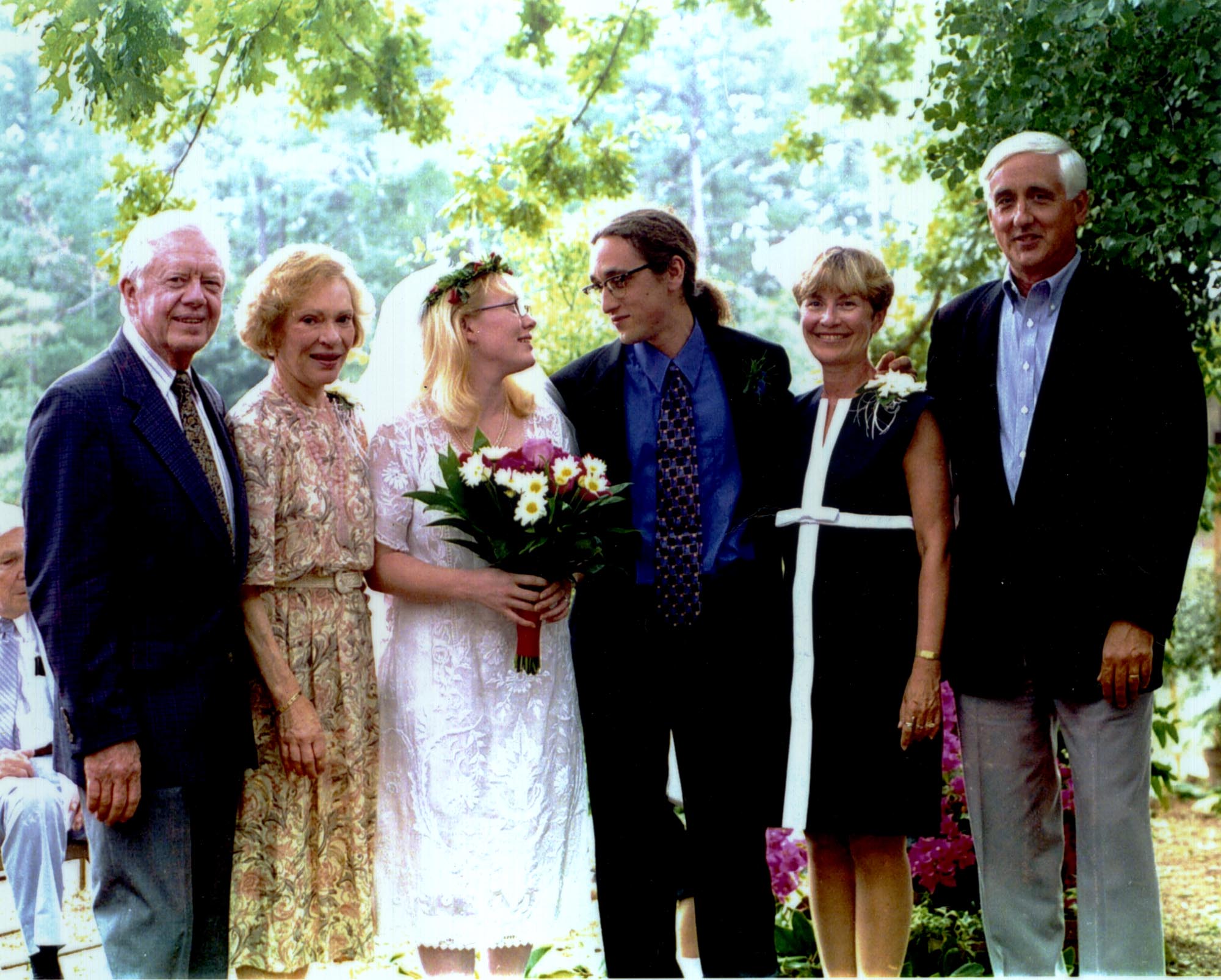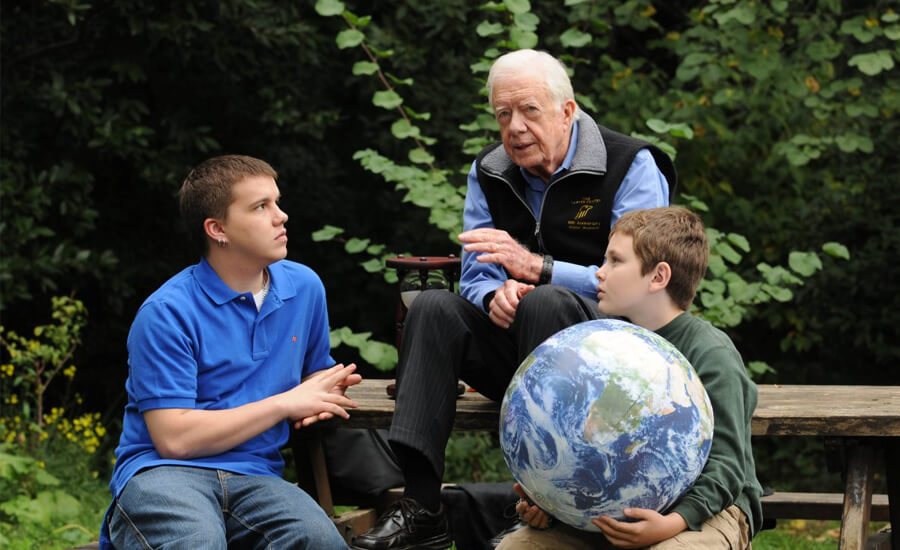Who was Hugo Wentzel?
Hugo Wentzel was a German-American physicist who made significant contributions to the field of quantum mechanics.
Wentzel was born in Berlin, Germany, in 1896. He studied physics at the University of Berlin, where he earned his doctorate in 1921. After completing his studies, Wentzel worked as a research associate at the University of Gttingen, where he collaborated with Max Born and Werner Heisenberg on the development of quantum mechanics.
Read also:Discover Your Zodiac Sign Find Out Whats In Store For Those Born On February 7
In 1926, Wentzel published a paper in which he introduced the concept of the Wentzel-Kramers-Brillouin (WKB) approximation. The WKB approximation is a method for solving the Schrdinger equation, which is the fundamental equation of quantum mechanics. The WKB approximation is widely used in quantum mechanics to approximate the solutions of the Schrdinger equation for systems with large quantum numbers.
Wentzel left Germany in 1933 due to the rise of Nazism. He immigrated to the United States, where he worked at the University of Chicago and the University of California, Berkeley. Wentzel made significant contributions to the development of nuclear physics and solid-state physics during his time in the United States.
Wentzel retired from academia in 1963. He died in Berkeley, California, in 1978.
| Name | Hugo Wentzel |
|---|---|
| Born | Berlin, Germany, 1896 |
| Died | Berkeley, California, 1978 |
| Occupation | Physicist |
| Known for | Contributions to quantum mechanics, nuclear physics, and solid-state physics |
Hugo Wentzel was a brilliant physicist who made significant contributions to the development of quantum mechanics. His work has had a lasting impact on the field of physics and continues to be used by physicists today.
Hugo Wentzel
Hugo Wentzel was a German-American physicist who made significant contributions to the field of quantum mechanics. Here are 7 key aspects of his work and life:
- Quantum mechanics: Wentzel was one of the pioneers of quantum mechanics, and his work helped to lay the foundation for the field.
- WKB approximation: Wentzel developed the WKB approximation, a method for solving the Schrdinger equation that is widely used in quantum mechanics.
- Nuclear physics: Wentzel made significant contributions to the development of nuclear physics, including his work on the nuclear shell model.
- Solid-state physics: Wentzel also made important contributions to the field of solid-state physics, including his work on the theory of superconductivity.
- Teaching: Wentzel was a gifted teacher, and he inspired many students to pursue careers in physics.
- Mentorship: Wentzel was a mentor to many young physicists, including future Nobel laureates.
- Awards and honors: Wentzel received numerous awards and honors for his work, including the Max Planck Medal and the Lorentz Medal.
These key aspects of Hugo Wentzel's work and life highlight his significant contributions to the field of physics. His work has had a lasting impact on our understanding of the quantum world, and he continues to be an inspiration to physicists today.
Read also:Why Did Silk Smitha The Beloved Actress Die
1. Quantum mechanics
Hugo Wentzel was one of the pioneers of quantum mechanics, and his work helped to lay the foundation for the field. He made significant contributions to the development of quantum mechanics, including the development of the WKB approximation, a method for solving the Schrdinger equation that is widely used in quantum mechanics.
Wentzel's work on quantum mechanics was groundbreaking, and it helped to lay the foundation for the field. His work has had a lasting impact on our understanding of the quantum world, and it continues to be used by physicists today.
Here are some examples of Wentzel's contributions to quantum mechanics:
- He developed the WKB approximation, a method for solving the Schrdinger equation that is widely used in quantum mechanics.
- He made significant contributions to the development of the nuclear shell model, which is used to describe the structure of atomic nuclei.
- He also made important contributions to the field of solid-state physics, including his work on the theory of superconductivity.
Wentzel's work on quantum mechanics has had a profound impact on our understanding of the quantum world. His work has helped to lay the foundation for the field of quantum mechanics, and it continues to be used by physicists today.
2. WKB approximation
The WKB approximation is a method for solving the Schrdinger equation, which is the fundamental equation of quantum mechanics. The WKB approximation is a semi-classical approximation, which means that it is valid when the quantum number of the system is large. The WKB approximation is widely used in quantum mechanics to approximate the solutions of the Schrdinger equation for systems with large quantum numbers.
Hugo Wentzel developed the WKB approximation in 1926. Wentzel's work on the WKB approximation was groundbreaking, and it has had a lasting impact on the field of quantum mechanics. The WKB approximation is a powerful tool that has been used to solve a wide variety of problems in quantum mechanics, including problems in atomic physics, nuclear physics, and solid-state physics.
The WKB approximation is a key component of Hugo Wentzel's work on quantum mechanics. Wentzel's work on the WKB approximation has helped to lay the foundation for the field of quantum mechanics, and it continues to be used by physicists today.
3. Nuclear physics
Hugo Wentzel made significant contributions to the development of nuclear physics, including his work on the nuclear shell model. The nuclear shell model is a model of the structure of atomic nuclei. The model describes the nucleus as being made up of a number of shells, each of which can hold a certain number of protons and neutrons.
- The nuclear shell model has been very successful in explaining a wide range of nuclear phenomena, including the magic numbers of protons and neutrons.
The magic numbers are the numbers of protons and neutrons that correspond to particularly stable nuclei. The nuclear shell model can also be used to explain the existence of nuclear isomers, which are nuclei that have the same number of protons and neutrons but different energy levels. - Wentzel's work on the nuclear shell model was groundbreaking, and it has had a lasting impact on the field of nuclear physics.
The nuclear shell model is now one of the most important models used to describe the structure of atomic nuclei. - Wentzel's work on the nuclear shell model has also had important applications in other fields of physics, such as astrophysics and nuclear engineering.
For example, the nuclear shell model is used to explain the formation of elements in stars and the design of nuclear reactors. - Wentzel's work on the nuclear shell model is a testament to his brilliance and his dedication to the field of physics.
His work has had a lasting impact on our understanding of the atomic nucleus, and it continues to be used by physicists today.
Wentzel's work on the nuclear shell model is a key component of his overall contributions to the field of physics. His work has helped to lay the foundation for our understanding of the atomic nucleus, and it continues to be used by physicists today.
4. Solid-state physics
Hugo Wentzel made significant contributions to the field of solid-state physics, including his work on the theory of superconductivity.
Superconductivity is a phenomenon that occurs in certain materials at very low temperatures. In a superconductor, the electrical resistance is zero, and the material can conduct electricity without any loss of energy. This makes superconductors very promising for use in a variety of applications, such as power transmission and energy storage.
Wentzel's work on superconductivity was groundbreaking, and it helped to lay the foundation for the field. He developed a theory of superconductivity that explained the phenomenon in terms of the quantum mechanics of electrons. Wentzel's theory was a major breakthrough, and it has had a lasting impact on the field of superconductivity.
Wentzel's work on superconductivity has had a number of important practical applications. For example, superconductors are used in the Large Hadron Collider at CERN, the world's largest and most powerful particle accelerator. Superconductors are also used in medical imaging devices, such as MRI scanners.
Wentzel's work on solid-state physics is a testament to his brilliance and his dedication to the field of physics. His work has had a lasting impact on our understanding of the solid state, and it continues to be used by physicists and engineers today.
5. Teaching
Hugo Wentzel was not only a brilliant physicist, but also a gifted teacher. He was passionate about physics, and he loved to share his knowledge with others. He was known for his clear and engaging lectures, and he was always willing to help his students.Wentzel's teaching had a profound impact on his students. He inspired many of them to pursue careers in physics. Some of his most famous students include Chien-Shiung Wu, who made important contributions to the field of nuclear physics, and Steven Weinberg, who won the Nobel Prize in Physics in 1979.Wentzel's legacy as a teacher continues to inspire students today. His work has helped to shape the field of physics, and his students have gone on to make important contributions to the field.
- Wentzel's passion for physics was contagious. He was able to communicate his excitement about the subject to his students, and he made learning physics fun and engaging.
- Wentzel was a master teacher. He was able to explain complex concepts in a clear and concise way. He was also patient and supportive, and he always made sure that his students understood the material.
- Wentzel was a role model for his students. He was a brilliant physicist, but he was also a humble and kind person. He showed his students that it is possible to be both successful and compassionate.
- Wentzel's teaching had a lasting impact on his students. Many of his students went on to become successful physicists themselves. They credit Wentzel with inspiring them to pursue careers in physics, and they continue to be inspired by his example.
Wentzel's teaching was an important part of his legacy. He was not only a brilliant physicist, but also a gifted teacher. He inspired many students to pursue careers in physics, and his legacy continues to inspire students today.
6. Mentorship
Hugo Wentzel was not only a brilliant physicist but also a dedicated mentor to many young physicists. He played a significant role in shaping the careers of some of the most influential physicists of the 20th century.
- Inspiring Future Nobel Laureates
Wentzel had a remarkable ability to identify and nurture young talent. Among his students were several who went on to win the Nobel Prize in Physics, including Chien-Shiung Wu and Steven Weinberg. Wentzel's mentorship provided these young physicists with the guidance and support they needed to achieve their full potential. - Fostering Collaboration and Innovation
Wentzel's mentorship extended beyond individual students. He also played a key role in fostering collaboration and innovation within the physics community. He organized conferences and workshops that brought together young physicists from around the world, providing them with a platform to share their ideas and learn from each other. - Creating a Culture of Excellence
Wentzel's mentorship was instrumental in creating a culture of excellence in physics. He set high standards for his students and encouraged them to strive for the highest levels of achievement. Wentzel's legacy as a mentor continues to inspire physicists today. - Promoting Diversity and Inclusion
Wentzel was committed to promoting diversity and inclusion in physics. He actively encouraged women and underrepresented minorities to pursue careers in physics. Wentzel's efforts helped to create a more diverse and inclusive physics community.
Wentzel's mentorship was an important part of his legacy. He was not only a brilliant physicist but also a dedicated mentor who helped to shape the careers of some of the most influential physicists of the 20th century. Wentzel's legacy continues to inspire physicists today, and his mentorship remains a model for how to nurture and support young talent in physics.
7. Awards and honors
The numerous awards and honors that Hugo Wentzel received throughout his career are a testament to the significance and impact of his contributions to the field of physics. These accolades recognize Wentzel's groundbreaking work in quantum mechanics, nuclear physics, and solid-state physics, which has had a profound influence on our understanding of the fundamental nature of matter and energy.
The Max Planck Medal, awarded by the German Physical Society, is one of the most prestigious awards in physics. It is given to individuals who have made outstanding contributions to theoretical physics. Wentzel received the Max Planck Medal in 1958 for his work on quantum mechanics, including the development of the WKB approximation, which is a widely used method for solving the Schrdinger equation.
The Lorentz Medal, awarded by the Royal Netherlands Academy of Arts and Sciences, is another highly respected award in physics. It is given to individuals who have made significant contributions to theoretical physics, particularly in the areas of electromagnetism, optics, and thermodynamics. Wentzel received the Lorentz Medal in 1962 for his work on solid-state physics, including his contributions to the theory of superconductivity.
In addition to the Max Planck Medal and the Lorentz Medal, Wentzel received numerous other awards and honors throughout his career, including the Dannie Heineman Prize for Mathematical Physics from the American Physical Society, the Enrico Fermi Award from the U.S. Department of Energy, and the Order of Merit of the Federal Republic of Germany.
The awards and honors that Wentzel received are a reflection of his exceptional contributions to physics. His work has had a lasting impact on the field, and he is considered one of the most important physicists of the 20th century.
Frequently Asked Questions about Hugo Wentzel
This section addresses some of the most common questions and misconceptions surrounding Hugo Wentzel and his work in physics.
Question 1: What were Hugo Wentzel's most significant contributions to physics?
Answer: Hugo Wentzel made significant contributions to several areas of physics, including quantum mechanics, nuclear physics, and solid-state physics. He is best known for developing the WKB approximation, a method for solving the Schrdinger equation, and for his work on the nuclear shell model and the theory of superconductivity.
Question 2: What is the WKB approximation?
Answer: The WKB approximation is a semi-classical method for solving the Schrdinger equation, which is the fundamental equation of quantum mechanics. It is a powerful tool that has been used to solve a wide variety of problems in quantum mechanics, including problems in atomic physics, nuclear physics, and solid-state physics.
Question 3: What is the nuclear shell model?
Answer: The nuclear shell model is a model of the structure of atomic nuclei. It describes the nucleus as being made up of a number of shells, each of which can hold a certain number of protons and neutrons. The nuclear shell model has been very successful in explaining a wide range of nuclear phenomena, including the magic numbers of protons and neutrons.
Question 4: What is superconductivity?
Answer: Superconductivity is a phenomenon that occurs in certain materials at very low temperatures. In a superconductor, the electrical resistance is zero, and the material can conduct electricity without any loss of energy. Superconductivity has a number of important practical applications, such as power transmission and energy storage.
Question 5: What awards and honors did Hugo Wentzel receive?
Answer: Hugo Wentzel received numerous awards and honors for his work, including the Max Planck Medal and the Lorentz Medal. The Max Planck Medal is one of the most prestigious awards in physics, and it is given to individuals who have made outstanding contributions to theoretical physics. The Lorentz Medal is another highly respected award in physics, and it is given to individuals who have made significant contributions to theoretical physics, particularly in the areas of electromagnetism, optics, and thermodynamics.
Summary: Hugo Wentzel was a brilliant physicist who made significant contributions to quantum mechanics, nuclear physics, and solid-state physics. His work has had a lasting impact on our understanding of the fundamental nature of matter and energy.
Transition to the next article section: Hugo Wentzel's legacy continues to inspire physicists today. His work has helped to shape the field of physics, and his students have gone on to make important contributions to the field.
Conclusion
Hugo Wentzel was a brilliant physicist who made significant contributions to quantum mechanics, nuclear physics, and solid-state physics. His work has had a lasting impact on our understanding of the fundamental nature of matter and energy.
Wentzel's legacy continues to inspire physicists today. His work has helped to shape the field of physics, and his students have gone on to make important contributions to the field. Wentzel's work is a reminder that great scientific discoveries can come from anywhere, and that anyone with a passion for science can make a difference.


